diamond guide
How to select the diamond that is right for you
No two diamonds are exactly alike, so when searching for the diamond that’s just right for you, there are a few things to consider.
It starts with the 4C’s… CARAT, CLARITY, CUT and COLOUR. They are the classic features that can be objectively assessed to determine the quality of a diamond. To help you find your perfect Nina’s diamond we’ve added another two C’s: CERTIFICATION and COST.
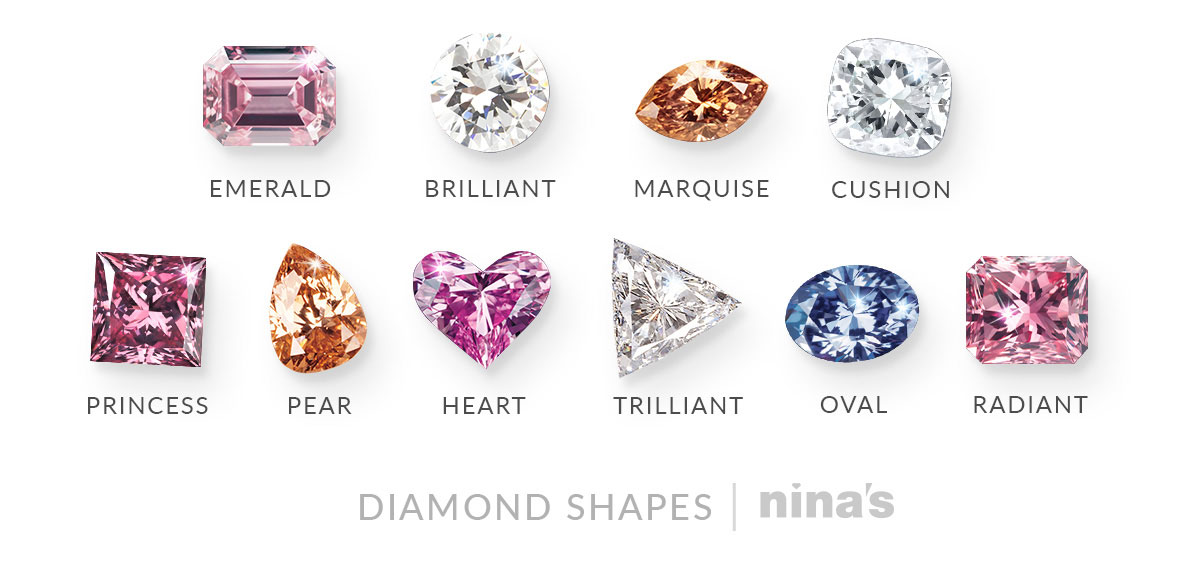
Carat
A diamond’s weight, and therefore its size, is expressed in carats.
In ancient times merchants used the carob seed as a base unit of weight when assessing diamonds. This unit of measurement has become what is commonly known as a carat, and has a weight of 200 milligrams.

For diamonds under one carat, each carat is divided into 100 points, like cents in a dollar, 0.5 carat is 50 points. Note: the scale shown here is indicative only. The larger the diamond the rarer it is found in nature, and usually the more expensive it is to purchase. But that is not always the case and size is only one of the considerations of value.
Clarity
Because they are formed under immense heat and pressure, each diamond has tiny birthmarks called inclusions.
Like fingerprints, inclusions make each stone unique. It is possible to see some inclusions with the naked eye, but others are difficult to see even with magnification!
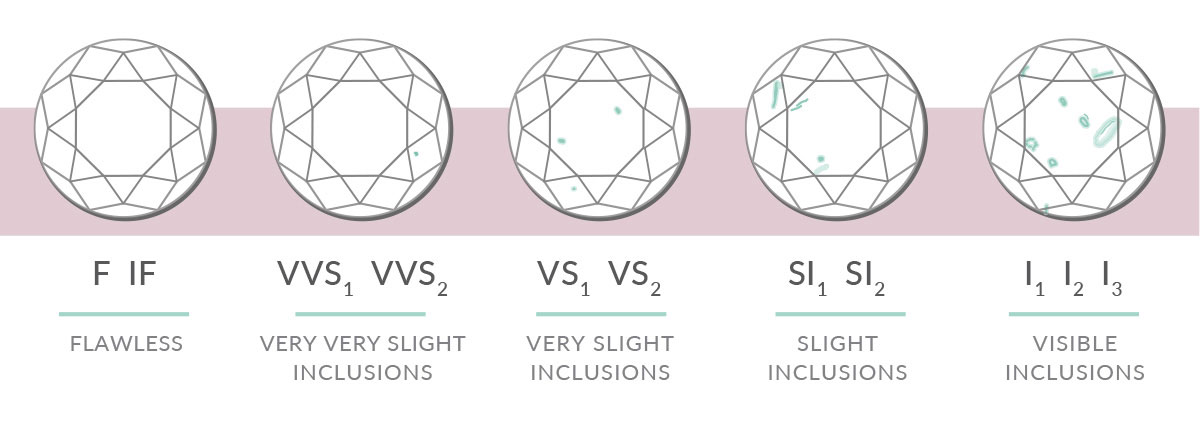
A diamond of exceptional clarity has minimal inclusions to interfere with the passage of light through the stone. The less inclusions usually means a more expensive diamond.
Cut
The cut of a diamond does not just refer to its external shape. It’s a measure of the polish, symmetry and proportions of a stone. A polished diamond’s beauty lies in its complex relationship with light.
When light strikes a diamond, about 20% is reflected off the surface. Of the light that enters, the cut of the diamond determines the amount of light that reflects back out of the crown to shine and sparkle. A well cut diamond will have each facet properly placed and angled so as to maximise that reflection. The best diamonds come from the work of a highly skilled craftsman.
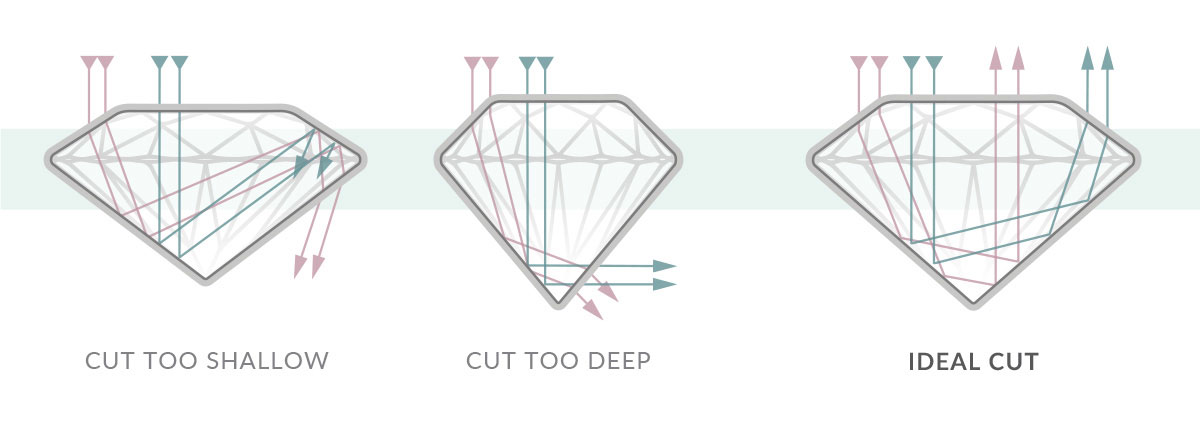
In the diagram above three common light patterns are shown. When light meets any facet of a diamond, it will either reflect (bounce back) or refract (bend while passing through the facet). The angle that the light hits the facet determines whether the majority of light reflects or refracts, which is why cut is so important!
Nina’s use the 5 step GIA Cut Scale which ranges from Excellent to Poor.
A diamond’s proportions also affect its light performance, called brightness, which in turn affects its beauty and overall appeal (shown below). Diamonds with fine proportions, symmetry, and polish optimise their interaction with light, and can command a greater price.

Colour
The diamond colour that you prefer is certainly a very personal choice.
Colour grades are determined by comparison to a master set. Each grade represents a step on the colour scale and is a measure of how noticeable the colour is. Nina’s use the GIA colour scale for white and fancy coloured diamonds and also the Argyle Pink Diamond scale.

Where the white scale finishes the GIA coloured scale starts.
In this scale the assessment changes from numbers to name grades. These grades refer to both the colour and the intensity, or saturation, of that colour. For instance, this diagram below shows the difference between VERY LIGHT ORANGE, FANCY ORANGE and FANCY DEEP ORANGE diamonds.

When it comes to purchasing coloured diamonds, the value of a stone is more heavily weighted to aspects of its colour (its rarity and strength) than the other three “C’s”. The price of a coloured diamond will usually increase with the saturation of its colour, meaning it could be many times more valuable than a comparable size white diamond
A bit about pink diamonds
Argyle’s discovery of brilliant pink, champagne and cognac diamonds and their growth in popularity has changed the perception of coloured diamonds forever.
The unique qualities of the coloured stones from the Kimberley lead Argyle to develop their own colour grading scale for their pink diamonds.
The diamonds sit in one of four colour categories:
- Purplish Pink (PP)
- Pink (P)
- Pink Rosé (PR)
- Pink Champagne (PC)
In each category the intensity is defined by a number that goes from 9 to 1 (or 1 to 3 in the case of Pink Champagne) with the strength of the colour.
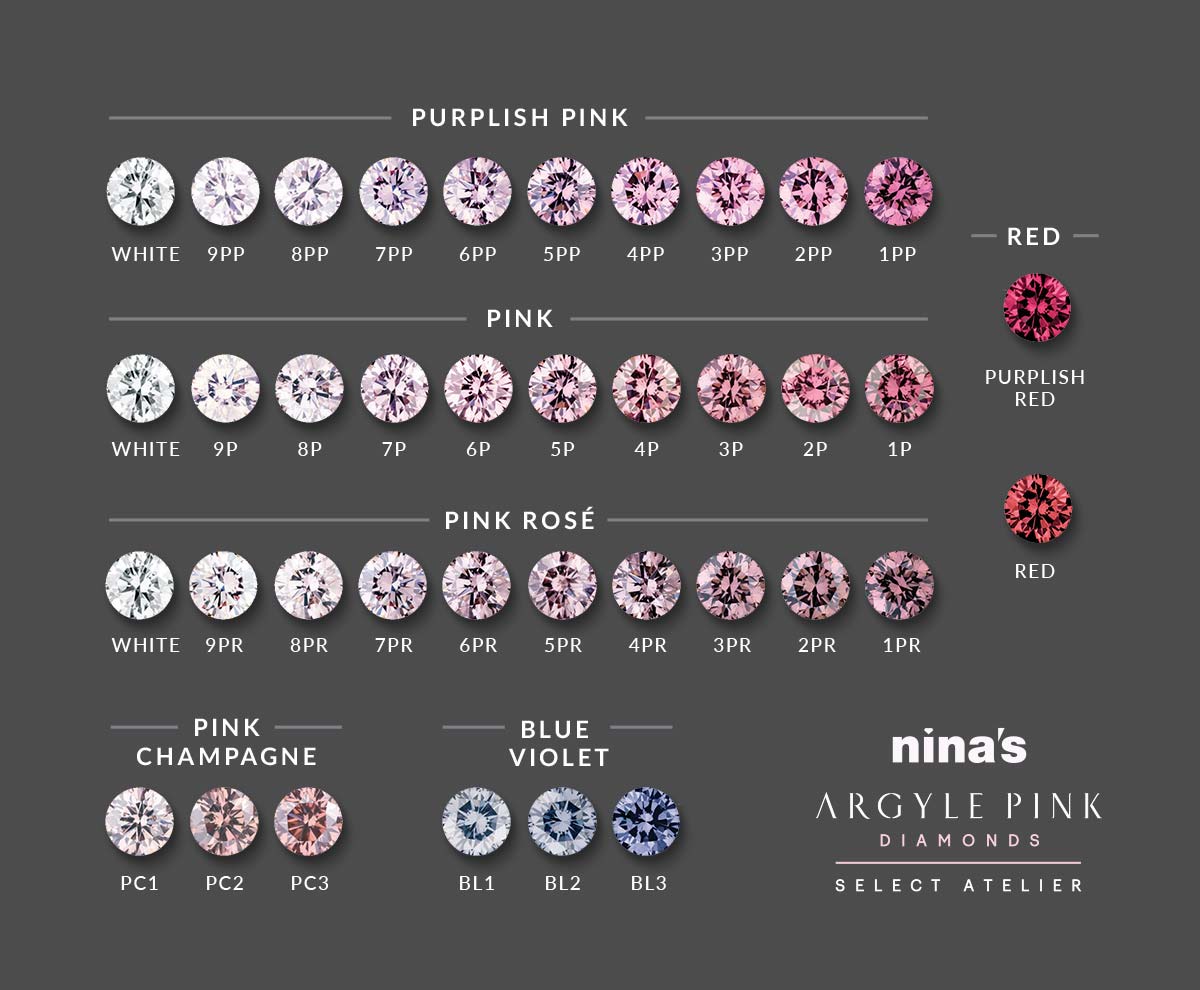
Certification
Independent certification provides you with confirmation of a diamond’s precise characteristics.
Most Nina’s diamonds over 0.5 carat are certified by the Gemological Institute of America (GIA). Established in 1931, the GIA is the world’s foremost authority in gemology, not only having developed the first internationally accepted Diamond Grading System but also the revolutionary “4Cs” of diamond value (carat, colour, clarity, and cut). With its Head Office in New York, the GIA’s experts impartially assess each gem and document its unique characteristics. A GIA Diamond Grading Report is evidence of an objective opinion which provides confidence and peace of mind when investing in a Nina’s diamond.
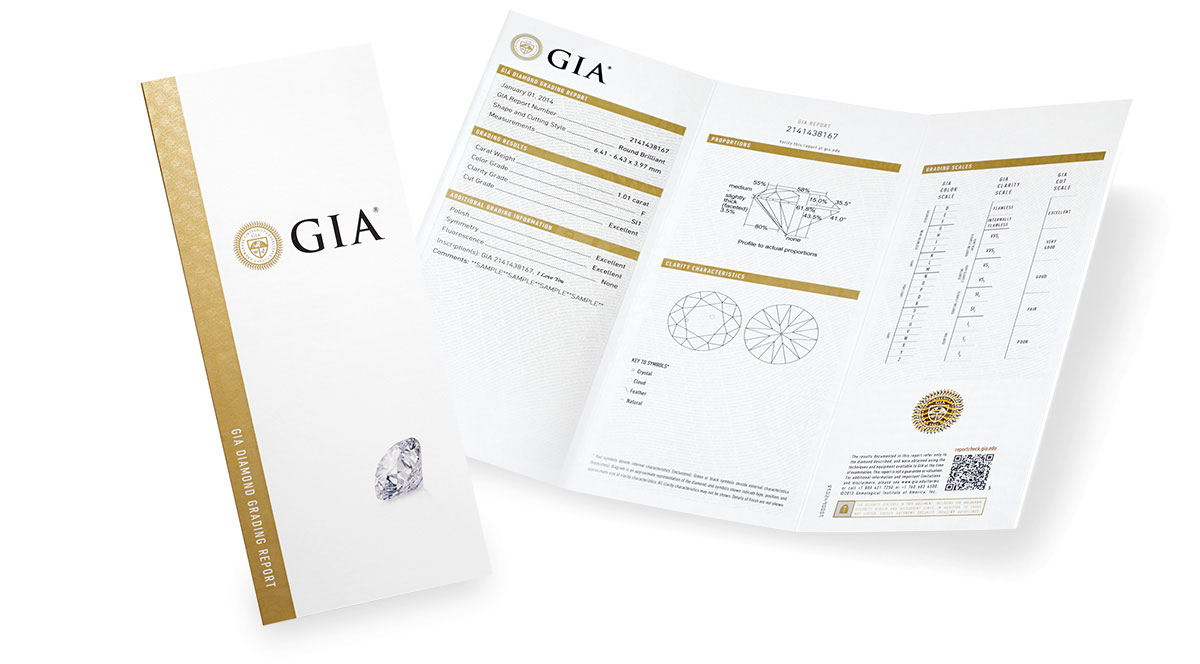
You can find more information about the GIA and certified diamonds here
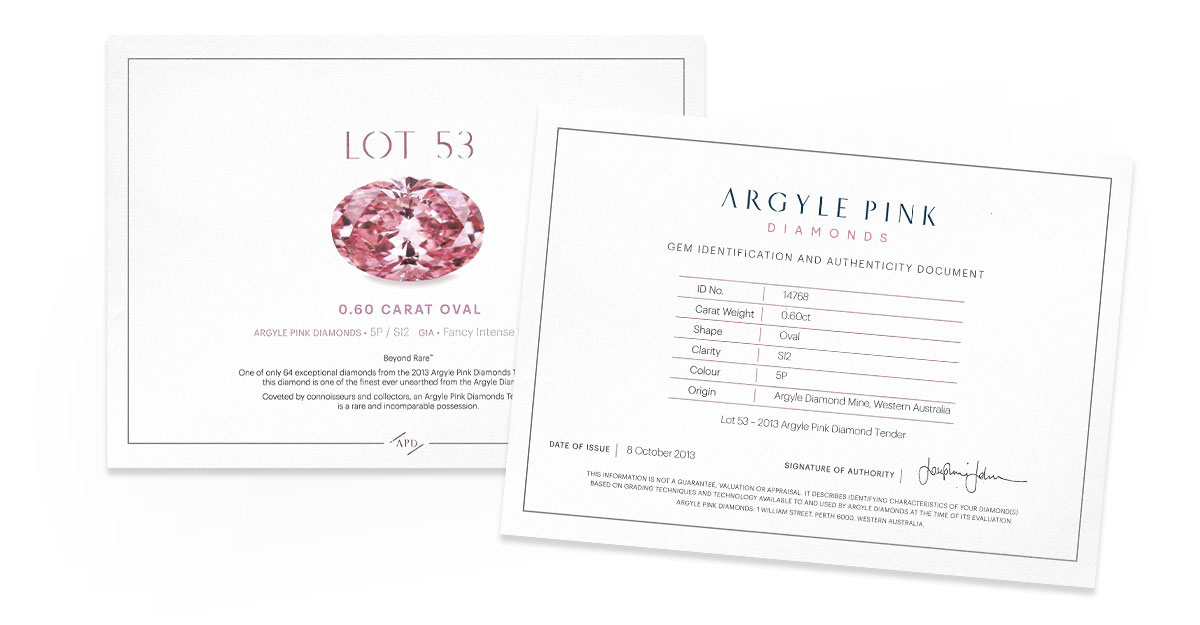
If you’re lucky enough to own an Argyle Pink Diamond it will also be accompanied by an APD Gem Identification and Authenticity Document.
Since 2009 each Argyle Pink diamond over 15 points is also inscribed with a unique lot number. This number is only visible under magnification, and can be verified online through the Argyle Pink Diamond Check service.
Argyle Pink diamonds under 15 points receive a Nina’s Lot Number Authentication Certificate.
Cost
Perhaps the most important consideration is your budget.
All of the four C’s will have an effect on the cost of your diamond and Nina’s wants to make sure you get the one that is right for you.
We think that selecting your diamond should be exciting and we don’t want you to feel overwhelmed. We’d love to help you prioritise the ‘C’s so you can find a diamond you will love, without blowing the budget! Call, email us or chat with us via the live chat icon in the lower right-hand corner whenever you’re ready.

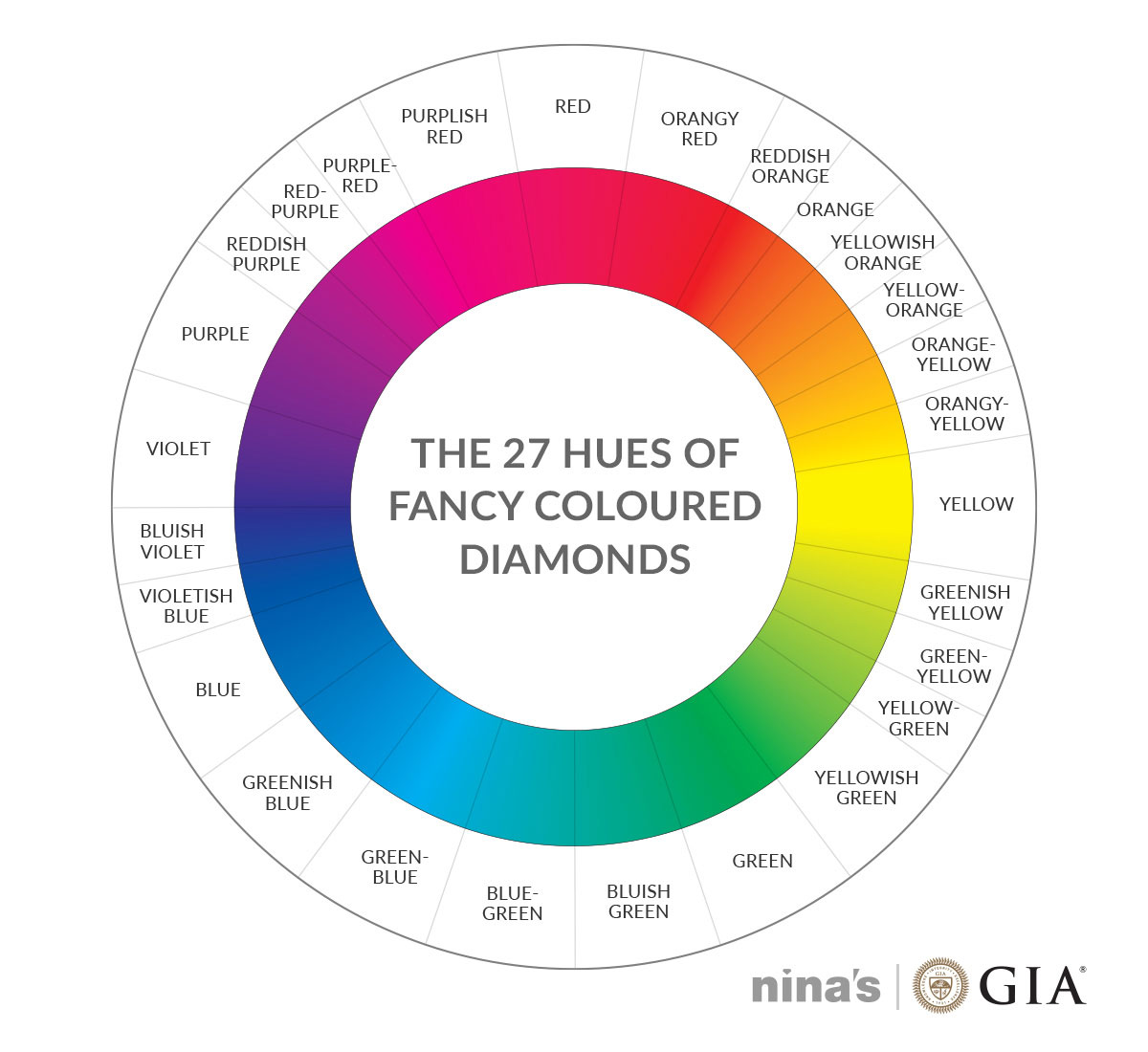
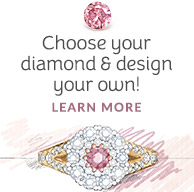



The information below is required for social login
LOG IN
Create New Account